Packaging is an essential aspect of our daily lives, whether we’re moving to a new home, shipping items, or organizing our belongings. It ensures the safety and protection of your items during transit. However, it’s not just about throwing things into a box and sealing it with tape. To master the art of packaging, you need to understand the different packaging materials and how to use them effectively. In this article, we will explore the world of cardboard packaging boxes, moving boxes, wardrobe boxes, bubble wrap, loose fills, tape, and how to store and reuse packaging materials efficiently.
Cardboard packaging boxes:

Cardboard packaging boxes are the unsung heroes of the packaging industry, offering a versatile and robust solution for transporting and storing a wide variety of items. When it comes to packing with cardboard boxes, here’s a closer look at the key considerations:
- Choosing the Right Size: Selecting the appropriate box size is paramount. Your goal is to have a box that fits your items snugly without excessive empty space. You may need to have a range of box sizes on hand to accommodate various items in your packing process.
- Reinforcing the Bottom: The bottom of the cardboard box is a critical area that can often bear the most weight. To ensure the integrity of your packaging, use extra tape to reinforce the bottom seams. This added reinforcement helps prevent items from falling through or the box from collapsing, ensuring the safety of your belongings.
- Clear Labelling: Labelling is a simple yet often overlooked step in the packing process. Label each box clearly with the contents it holds. This makes unpacking and organisation significantly easier, especially if you’re moving or storing items for an extended period.
Wardrobe Boxes
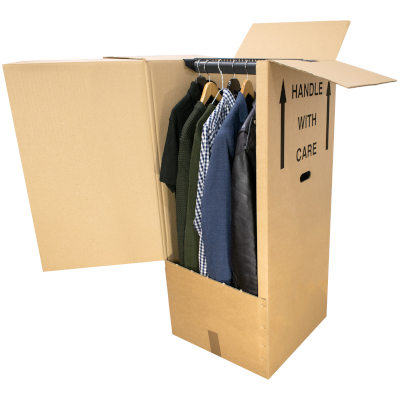
Wardrobe boxes are a game-changer for packing clothing, simplifying the process of moving your wardrobe. These tall boxes are equipped with a metal bar for hanging clothes, and here’s how to use them effectively:
- Hang Clothes Neatly: Wardrobe boxes allow you to transfer your clothes directly from your closet to the box. This keeps your clothing wrinkle-free and saves you the hassle of folding and packing individual garments. Simply hang them on the metal bar within the box.
- Maximise Space: Make the most of your wardrobe box by utilising the space at the bottom. You can place shoes, accessories, or folded clothing there. This maximises the use of the box while keeping your belongings organised.
- Secure Sealing: Ensure that the wardrobe box is securely sealed with tape. This not only keeps your clothes clean and dust-free but also prevents pests from gaining access to your garments during storage or transit.
Moving Boxes
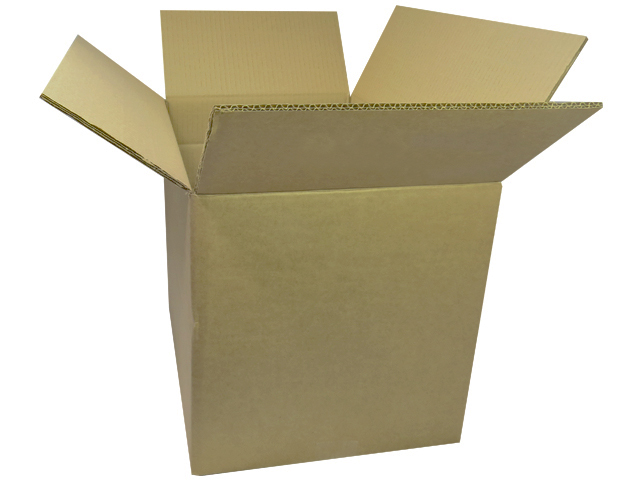
Moving boxes are designed specifically for the challenges of relocation. They are made of sturdy materials to withstand the rigours of transportation and provide an organised approach to packing your belongings. Here’s how to make the most of moving boxes:
- Categorising Items: Moving is a great opportunity to declutter and categorise your items. Sort your belongings into different moving boxes based on their type, weight, and fragility. This organisation helps with both packing and unpacking, ensuring you know exactly where to find what you need.
- Using Dividers: For fragile or delicate items, such as glassware, electronics, or small collectibles, consider using dividers within the moving box. This prevents direct contact between items and provides cushioning, reducing the risk of breakage.
- Secure Sealing: Moving boxes should be sealed generously with tape. A well-sealed box not only ensures that your items remain protected but also prevents the box from accidentally opening during the move, safeguarding your belongings from potential damage or loss.
Bubble Wrap:
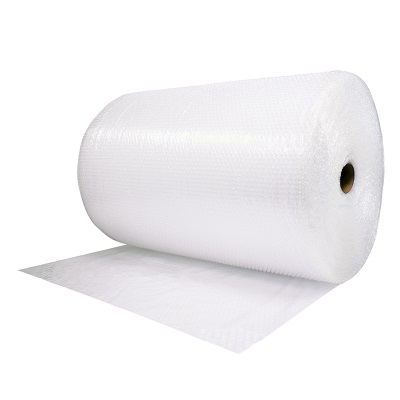
Bubble wrap is a go-to material for safeguarding fragile items during transportation or storage. Here are some detailed tips for its efficient use:
- Wrap Individual Items: When using bubble wrap, ensure that you wrap fragile items individually. This step is crucial in providing each item with its own protective layer. The air-filled bubbles create a cushion that absorbs shock and protects against impacts. Make sure that you wrap the item completely, leaving no exposed areas vulnerable to damage.
- Layering: For particularly delicate items, such as glassware or electronics, it’s advisable to use multiple layers of bubble wrap. The extra layers provide enhanced protection, especially against sharp or heavy objects that may come into contact with the wrapped item. Multiple layers of bubble wrap can effectively absorb and distribute the force of any impact, reducing the risk of breakage.
- Secure with Tape: To keep the bubble wrap in place and ensure it doesn’t unravel during handling or transit, use packaging tape. Tape the ends of the bubble wrap to secure it firmly. This not only maintains the protective layer but also prevents the wrap from slipping or shifting during the packing and moving process.
Loose Fills:
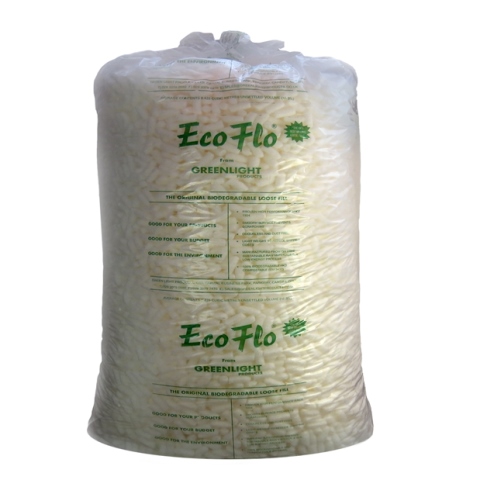
Loose fills, such as packing peanuts or eco-friendly alternatives like shredded paper or cornflour, serve as excellent materials for filling empty spaces in packages to prevent items from shifting. Here’s how to use them effectively:
- Use sparingly: When employing loose fills, it’s essential not to overfill the box. Overstuffing can create excessive pressure on the contents, potentially leading to damage or breakage. Fill the gaps just enough to secure the items in place and prevent movement during transit.
- Eco-Friendly Options: Consider opting for biodegradable loose fill materials, such as shredded paper or cornflour peanuts, to reduce your environmental impact. These materials break down naturally over time and are a more sustainable choice compared to traditional packing peanuts, which are non-biodegradable.
Tape:
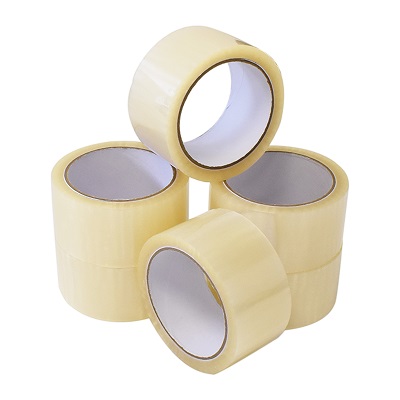
Packaging tape plays a crucial role in sealing boxes securely. To make the most of it, here are some pointers:
- Invest in Quality Tape: Choosing high-quality, durable packing tape is essential. Quality tape is less likely to tear or break during the packing process, ensuring the reliability and integrity of your packages. Investing in the right tape can save you from mishaps and potential damage during transit.
- Apply It Properly: Proper application of tape is key to secure sealing. Ensure that you seal both the top and bottom of the boxes with several strips of tape. This multi-layered approach reinforces the strength of the seal, reducing the risk of boxes accidentally opening during transportation.
- Labelling: In addition to sealing, packaging tape can be used to affix labels securely to boxes. Transparent tape is an ideal choice for this purpose, as it keeps labels firmly in place and prevents them from getting damaged or falling off during handling. Proper labelling is crucial for easy identification of box contents.
Storing and Reusing Packaging Materials:
To reduce waste and save money, consider storing and reusing packaging materials.
Keep a Dedicated Storage Area: Organise your packaging materials in a dedicated, clean, and dry storage area. This helps protect them from damage and keeps everything in one accessible place.
- Sort and Label: Categorise your packaging materials, such as bubble wrap, boxes, and loose fills, and label them for easy retrieval. This organisation makes it convenient to find the right materials for your next packing or shipping project.
- Assess condition: Before reusing packaging materials, check their condition. Avoid using damaged or weakened items, as they may not provide the necessary protection or structural integrity for your packages. Safety and protection should always be a top priority when reusing materials.
Mastering the art of packaging requires a keen understanding of various packaging materials and how to use them effectively. Whether you’re using cardboard packaging boxes, moving boxes, wardrobe boxes, bubble wrap, loose fills, or tape, following the right techniques will ensure your items remain safe during transit. Additionally, by storing and reusing packaging materials, you can save money and reduce your environmental footprint. So, next time you are on the packaging journey, do it like a pro and maximise the potential of your packaging materials.

